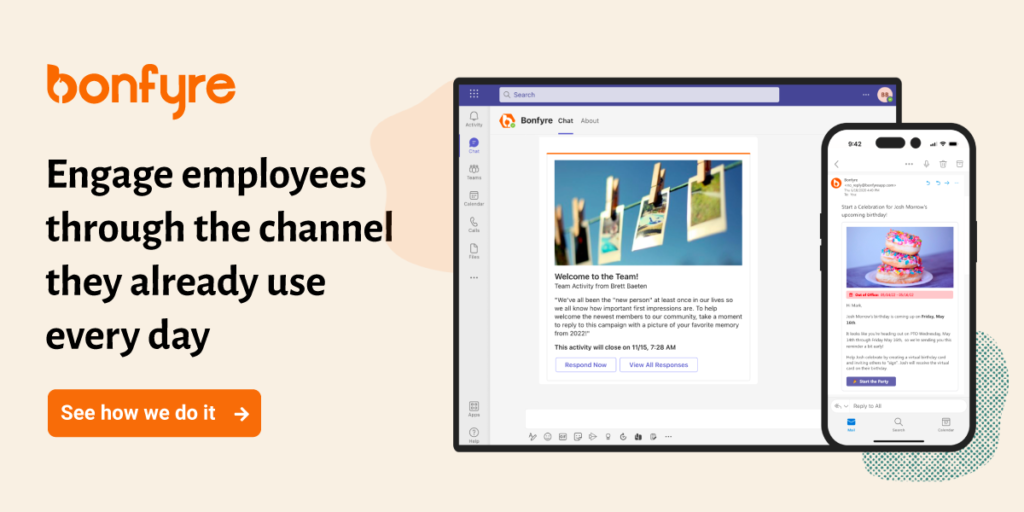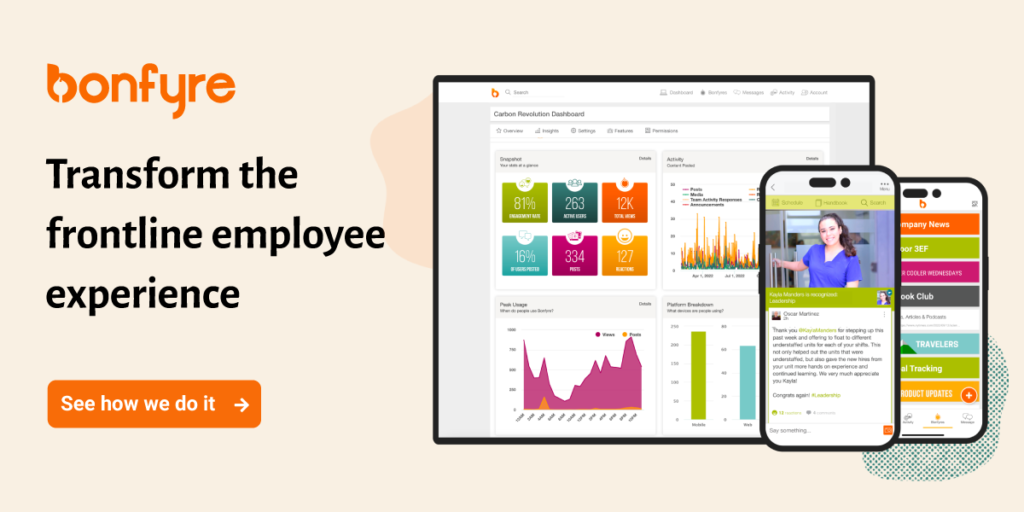In 1994, the first corporate intranets began to appear as a way to publish information that the company wanted to share with employees. Over the past 20+ years, lots of improvements, bells, and whistles have been added but for the most part they are operating the same way—a more convenient way for companies to publish information.
With the addition of social media technologies, Intranets have attempted to become more social in structure and experience, but data suggests this has largely failed as the vast majority of people neither share nor create content. Studies indicate that only about 10% of people share content on corporate Intranets and only about 1% of people create 90% of the content. An IT manager at a large public company recently told me that the primary use of their corporate Intranet is for people to access the cafeteria menu or the vacation request form—highlighting clearly the gap between what companies intend and employee behavior.
In addition to social media technology being added to Intranets, traditional systems like sales platforms, contact management systems, accounting, and others have added social tools. It is clearly beneficial to productivity to comment, ask a question or share an update with a remote team member. However, most of the claims around these tools are greatly overstated and very few offer evidence to support these productivity claims.

People to People
We have started to think about corporate communication as three distinct channels: company to people, systems to people, and people to people.

The first, company to people, is the original and represents all the information the company wants to share with employees. The corporate Intranet falls into this category along with the company newsletter.
The second category is systems to people. This category represents all the technology systems that have added communication tools in recent years. Many of these have evolved to become more social, but their primary purpose is efficient communication around specific documents, systems or work process.
The third is people to people and the area with the greatest potential to impact a corporation. Employee engagement, culture, team building, and personal connections are all primarily influenced here. When implemented effectively, it is the communication category that can transform an organization, increase retention, enable productivity, and provide a new level of intelligence about the organization.
People, more than systems and process, affect the performance of a company, but people historically have been the hardest to understand or measure—but that is changing.
New technologies are allowing improved communication that not only address the distribution of information, but enable more interaction and discussion. Enabling communication that is more similar to what employees are used to and prefer in their personal lives, increases interaction, adoption, and ultimately the level of information that can help inform decisions.
However, more data without analysis and understanding will only make the
life of the HR manager or leader more complicated. For tools to be effective and also actionable, they must also provide two additional items—context and visualization.
Context is provided by time and addition of broader data sets so that “normal” patterns can emerge. This allows anomalies (good and bad) to be more easily identified and understood. Context also allows data that is not useful or actionable to be more easily understood so precious time and resources are not wasted.
Visualization of data provides the ability to see data in new ways. Instead of simple charts that show two dimensions of data, living visualization tools can show three, four or even five. Imagine a diagram of the US with offices mapped as color circles. The size of the circle is defined by the number of people in the office, and the color indicates the relative sentiment of that group when compared to the others. One simple diagram could indicate four data points (geography, office size, sentiment, time). Not only can these complex data sets be more easily understood, but they can be processed and manipulated in almost real-time. This is something that was not possible a decade ago without tremendous computing resources and expense.
The future of corporate communications will be more targeted, interactive, effective, and informative. It has the potential to shape culture, enable better decisions, and significantly move the needle on building an engaged workforce—a value worth $450–$550 billion to the US economy alone. To capture this value, companies need to recognize the unique needs of each communication category and specialized communication tools will have the greatest impact and return on investment.




 3 min
3 min




